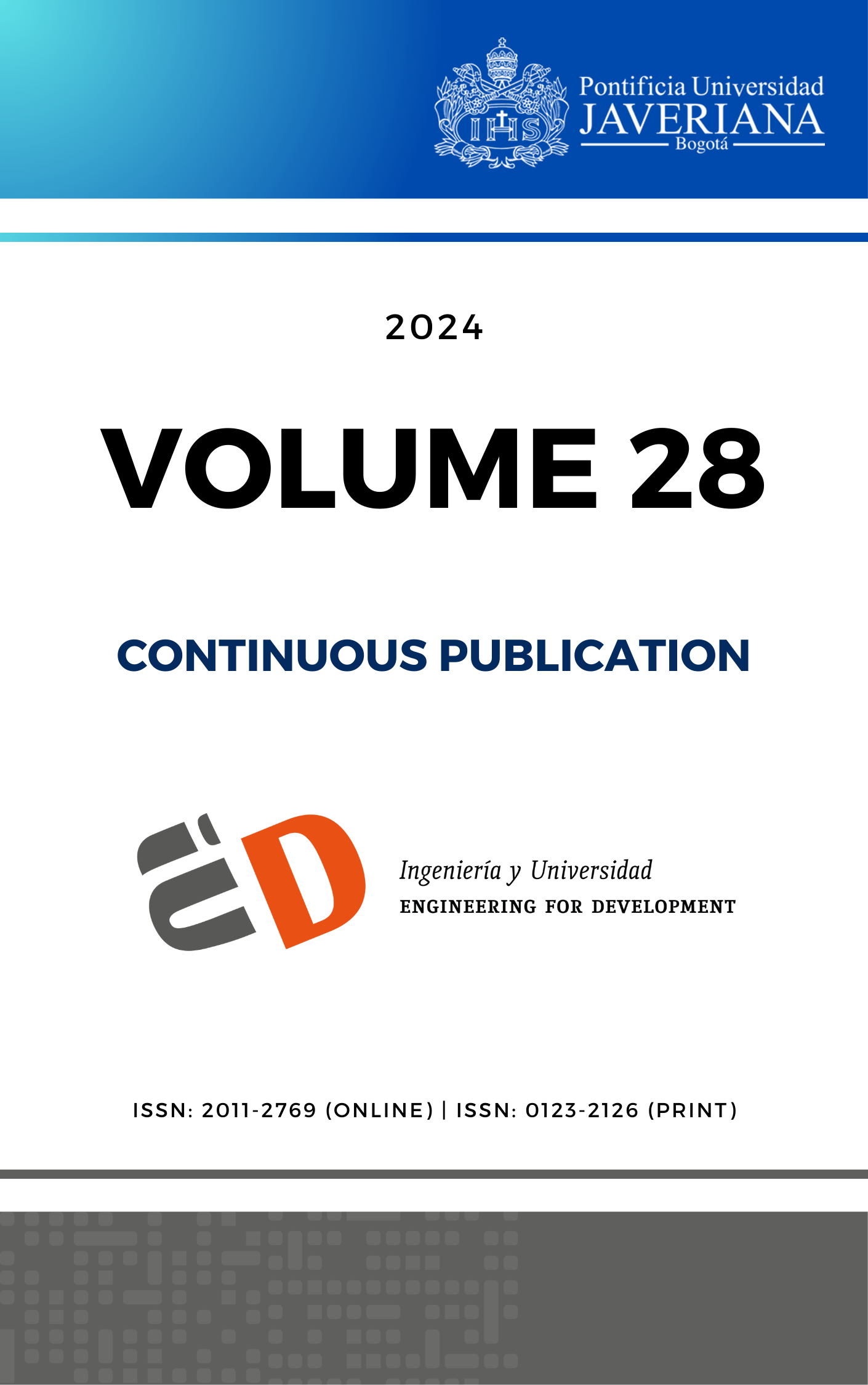Abstract
The Circular Economy (CE) plays a fundamental role in the vigor of sustainability. Nowadays, institutions and governments have been looking for alternatives to achieve their objectives of reducing the generation and disposal of pollutants. In this work, it is analyzed the process of recovering calcine by a delamination process of damaged windshields in a recycling company. Three tools focused on the EC are used in this study: The Material Circularity Indicator (MCI), the Circular Economy Toolkit (CET) and the Life Cycle Assessment (LCA). Currently, the company has a delamination process for recovering calcine which consist of mechanically separating the glass from a polymeric material called polyvinyl butyral (PVB). By applying the principles of the CE, it was obtained a high linear value for the calcine recovery and the PVB disposal because by-products are not currently recycled or reused; however, using the principle of industrial symbiosis the PVB may be reused in other industries, so the circularity index would be enhanced. Based on the Life Cycle Analysis, the current process for delamination of windshields has some environmental impacts, which could be solved by retrofitting the process and installing a photovoltaic system. In addition, the inversion would be recovered in 3 years.
C. A. Ruggerio, “Sustainability and sustainable development: A review of principles and definitions”, Sci. Total Environ., vol. 786, 2021, Art no. 147481. https://doi.org/10.1016/j.scitotenv.2021.147481
A. Babkin, E. Shkarupeta, L. Tashenova, E. Malevskaia-Malevich, and T. Shchegoleva, “Framework for assessing the sustainability of ESG performance in industrial cluster ecosystems in a circular economy”, J. Open Innov.: Technol. Mark. Complex, vol. 9, 2023, Art no. 100071. https://doi.org/10.1016/j.joitmc.2023.100071
J. Kirchherr, D. Reike, and M. Hekkert, “Conceptualizing the circular economy: An analysis of 114 definitions”, Resour. Conserv. Recycl., vol. 127, pp. 221-232, 2017. doi:https://doi.org/10.1016/j.resconrec.2017.09.005
F. Hofmann, “Circular business models: Business approach as driver or obstructer of sustainability transitions?”, J. Clean. Prod., vol. 224, pp. 361–374, 2019. https://doi.org/10.1016/j.jclepro.2019.03.115
C.W. Babbitt, G. Gaustad, A. Fisher, W.-Q. Chen, and G. Liu, “Closing the loop on circular economy research: From theory to practice and back again”, Resour. Conserv. Recycl., vol. 135, pp. 1-2, 2018. https://doi.org/10.1016/j.resconrec.2018.04.012
D. D’Amato and J. Korhonen, “Integrating the green economy, circular economy and bioeconomy in a strategic sustainability framework”, Ecol. Econ., vol. 188, 2021, Art. no. 107143. https://doi.org/10.1016/j.ecolecon.2021.107143
J.A. Fehrer and H. Wieland, “A systemic logic for circular business models”, J. Bus. Res., vol. 125, pp. 609-620, 2021. https://doi.org/10.1016/j.jbusres.2020.02.010
Ellen Macarthur Foundation. (s/f). Ellen Macarthur foundation. Retrieved on July 3, 2023 from https://ellenmacarthurfoundation.org
V. Prieto‐Sandoval, M. Ormazabal, C. Jaca, and E. Viles, “Key elements in assessing circular economy implementation in small and medium‐sized enterprises”, Bus. Strategy Environ., vol. 27, pp. 1525–1534, 2018. https://doi.org/10.1002/bse.2210
J.M. Rodriguez-Anton, L. Rubio-Andrada, M.S. Celemín-Pedroche, and M.D.M. Alonso-Almeida, “Analysis of the relations between circular economy and sustainable development goals”, Int. J. Sustain. Dev. World Ecol., vol. 26, pp. 708–720, 2019. https://doi.org/10.1080/13504509.2019.1666754
I. S. Jawahir and R. Bradley, “Technological elements of circular economy and the principles of 6R-based closed-loop material flow in sustainable manufacturing”, Procedia CIRP, vol. 40, pp. 103–108, 2016. https://doi.org/10.1016/j.procir.2016.01.067
P. Morseletto, “Targets for a circular economy”, Resour. Conserv. Recycl., vol. 153, 2020, Art no. 104553. https://doi.org/10.1016/j.resconrec.2019.104553
R. Priore, “A patent intelligence analysis aimed at identifying eco-friendly methodologies for recycling PVB to be used as windscreens interlayer”, World Pat. Inf., vol. 59, 2019, Art no. 101932. doi:https://doi.org/10.1016/j.wpi.2019.101932
B. Swain, J. R. Park, and C. G. Lee, “Industrial recycling of end-of-life vehicle windshield glass by mechanical beneficiation and complete recovery of polyvinyl butyral”, J. Clean. Prod., vol. 334, 2022, Art no. 130192. 130192. https://doi.org/10.1016/j.jclepro.2021.130192
B. Guner, Y. E. Bulbul, and N. Dilsiz, “Recycling of polyvinyl butyral from waste automotive windshield and fabrication of their electrospun fibrous materials”, J. Taiwan Inst. Chem. Eng., vol. 132, 2022, Art no. 104136. https://doi.org/10.1016/j.jtice.2021.11.003
V. Kishorre Annanth, R. S. Harish, L. Bhaskara Rao, and J. Saharsh, “Study on alternative composites materials for automobile windshields”, Mater. Today, vol. 66, pp. 1973–1982, 2022. https://doi.org/10.1016/j.matpr.2022.05.435
M. Saidani, B. Yannou, Y. Leroy, F. Cluzel, and A. Kendall, “A taxonomy of circular economy indicators”, J. Clean. Prod., vol. 207, pp. 542–559, 2019. https://doi.org/10.1016/j.jclepro.2018.10.014
“Circular Economy Toolkit”, Circulareconomytoolkit.org. [Online]. Available in: http://www.circulareconomytoolkit.org. [Accessed on: Nov. 2023].
P. Chindaprasirt, J. Lao-un, Y. Zaetang, A. Wongkvanklom, T. Phoo-ngernkham, A. Wongsa, and V.P. Sata, “Thermal insulating and fire resistance performances of geopolymer mortar containing auto glass waste as fine aggregate”, J. Build. Eng., vol. 60, 2022, Art no. 105178. https://doi.org/10.1016/j.jobe.2022.105178
M. Tupý and V. Petránek, “Use of Recycled PVB as a Protection against Carbonation”, Int. J. Civ. Eng., vol. 8, pp. 541-544, 2014. https://doi.org/10.5281/zenodo.1093229
M. Desloir, C. Benoit, A. Bendaoud, P. Alcouffe, and C. Carrot, “Plasticization of poly(vinyl butyral) by water: Glass transition temperature and mechanical properties”, J. Appl. Polym. Sci., vol. 136, 2019, Art no. 47230. https://doi.org/10.1002/app.47230
H. Sugimoto y Y. Aoki, “Preparation and physical properties of transparent foldable poly(methyl methacrylate) based materials using reactive poly(vinyl butyral)”, J. Polym. Res., vol. 28, 2021, Art no. 1. https://doi.org/10.1007/s10965-021-02469-2
[1] I. A. Carmona-Cervantes, I. Campos-Silva, U. Figueroa-López, and A. Guevara-Morales, “Effect of recycled polyvinyl butyral (rPVB) addition on the tribological performance of glass–fiber reinforced polyamide (PAGF) during reciprocating sliding wear conditions”, Polymers, vol. 15, 2023, Art no. 2580. https://doi.org/10.3390/polym15112580
R. Farzana y V. Sahajwalla, “Novel recycling to transform automotive waste glass and plastics into SiC-bearing resource by silica reduction”, J. Sustain. Met., vol. 1, núm. 1, pp. 65–74, 2015. https://doi.org/10.1007/s40831-014-0004-2
K. Sun, T. Wang, W. Gong, W. Lu, X. He, E.G. Eddings, and M. Fan, “Synthesis and potential applications of silicon carbide nanomaterials / nanocomposites”, Ceram. Int., vol. 48, pp. 32571–32587, 2022. https://doi.org/10.1016/j.ceramint.2022.07.204
P. Filip, T. Sedlacek, P. Peer, y M. Juricka, “Electrospun sound-absorbing nanofibrous webs from recycled poly(vinyl butyral)”, Polymers, 2022, Art no. 5049. https://doi.org/10.3390/polym14225049

This work is licensed under a Creative Commons Attribution 4.0 International License.
Copyright (c) 2025 Diego Mendoza, Roberto Flores, Nadia Lara, Constanza MAchin


